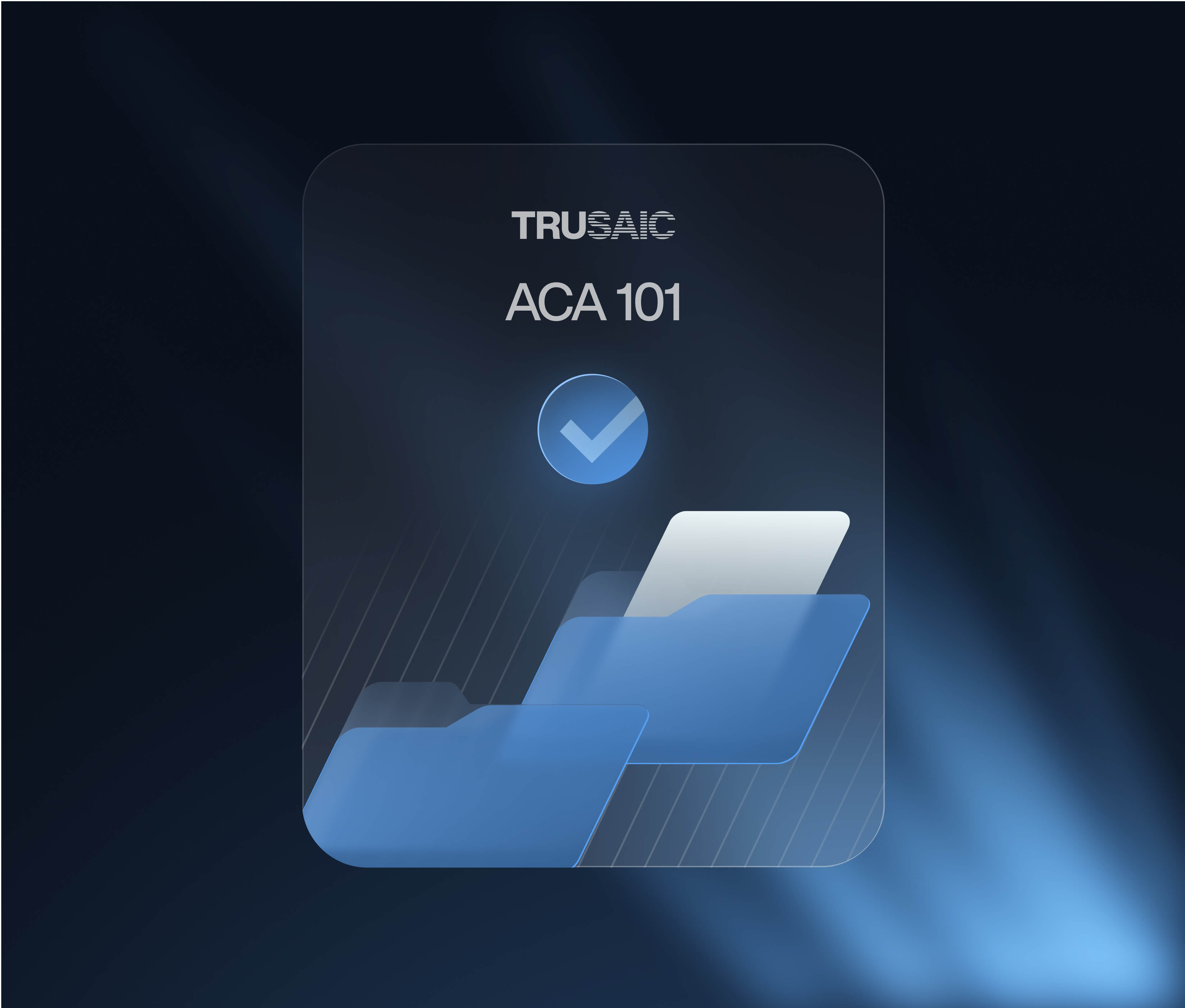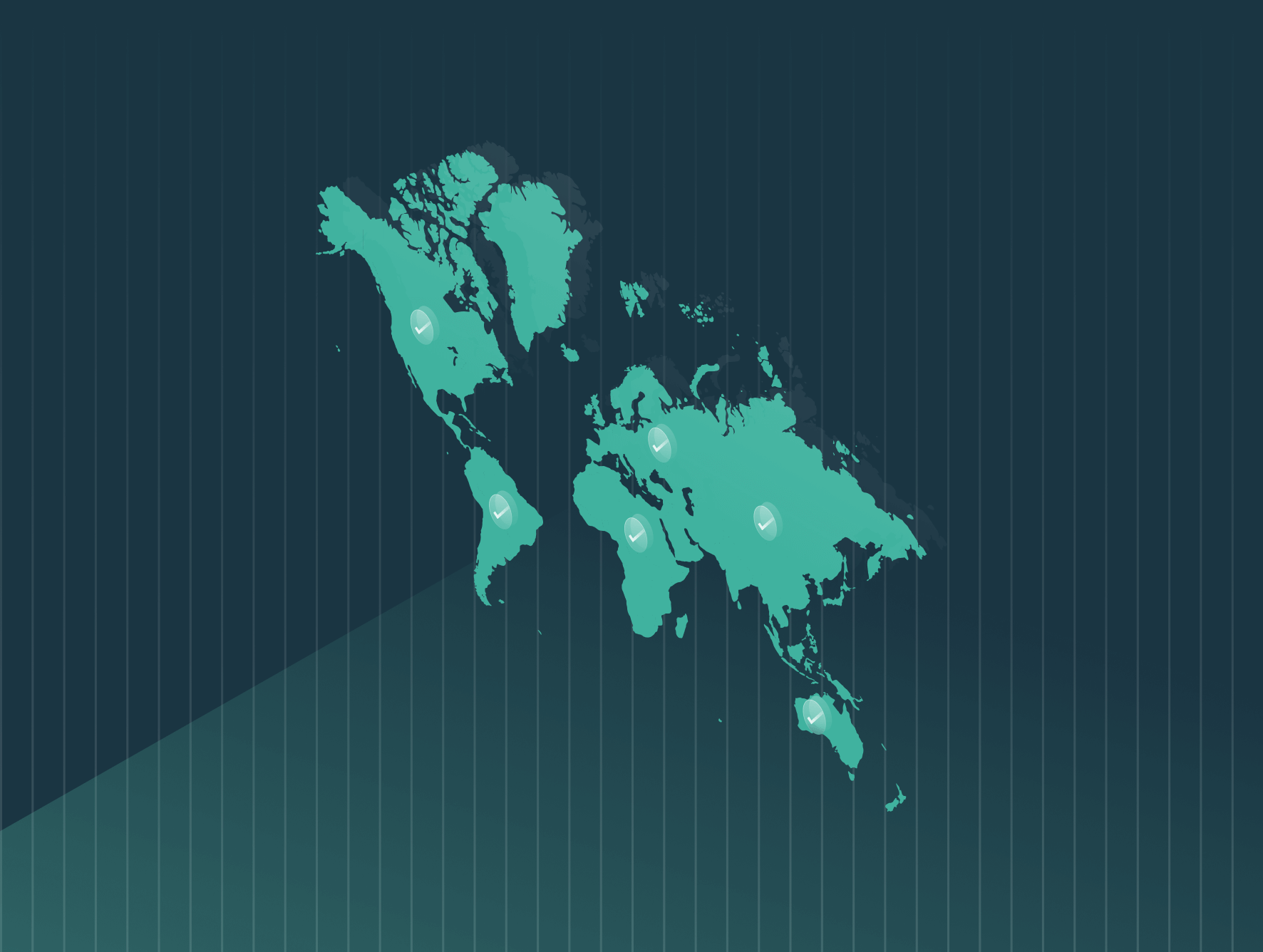The U.S. Equal Employment Opportunity Commission plans to issue a proposed rule next year on collecting compensation data from employers. This is according to the Biden administration’s newly released regulatory agenda.
It’s unclear what the employee threshold would be for the proposed pay data reporting requirement. However, the previous requirement was for organizations with 100 or more employees.
The EEOC said it would seek public comment on this proposal and is targeting January 2025 for its proposed rule.
U.S. Pay Data Reporting Background
If the proposal moves forward, it would bring back an Obama-era requirement for large businesses to annually submit their pay data by race, sex, and job category to the EEOC.
Currently, organizations with 100 or more employees are required to submit EEO-1 Component 1 reports annually to the EEOC. These reports are an annual summary of an organization’s demographic workforce data, but do not include pay data.
Access Our EEO-1 Component 1 Reporting Law Guide
That previous reporting mandate — Component 2 pay data — faced legal challenges during the Trump administration and ultimately resulted in court-mandated pay reporting for a limited period of time. The commission later decided to discontinue the collection pending further study, but the EEOC’s current Democrat majority has signaled interest in reinstating a pay data collection.
In its absence, states like California and Illinois have implemented their own pay data reporting requirements that adhere to the EEOC’s standard.
Additionally, other global jurisdictions, namely the European Union, have implemented pay data reporting laws.
Complying with the EU Directive
While the European Union’s recently passed Pay Transparency Directive is top of mind for employers based in EU member states, it might feel distant to U.S.-based organizations. Thus, the inclination for many American organizations could be to keep it on the back burner and prepare to comply when the time comes.
However, multinational organizations with operations in Europe, or those with aspirations to expand to the EU in the near future, need to start preparing. EU members have until June 2026 to adopt the requirements, with immediate compliance stipulated for employers with 250 or more workers.
It’s unclear when individual EU countries will begin implementing the legislation, but we expect early adopters — those with strict reporting requirements already in place — to move forward in 2025. Sweden, for example, has already released its proposed amendments for implementation.
Access Our In-Depth Webinar on Sweden’s Proposed EU Directive Implementation
Thus, the onus is on U.S.-based companies that operate in any of these jurisdictions to examine whether their global pay equity strategy and operations account for this seismic shift.
Employers can take several preliminary steps to ensure compliance with the upcoming legislation. The EU Directive includes a requirement for a Joint Pay Assessment where pay gaps are higher than 5%.
Therefore, employers need to ensure they have completed a pay equity analysis to understand where any unexplained gaps exist and develop plans to remediate appropriately.
Conduct a Pay Equity Analysis Using Software
Other items include:
- Pay explainability. Prepare to explain how you differentiate and define performance in setting base salaries. Pay transparency legislation means workers must be given access to criteria used to define salary and pay raises.
- Analyze pay gaps. Identify the causes where pay disparities exceed 5%. If there is no objective justification, we recommend addressing any anomalies to remove those unexplained gaps.
- Intersectional pay equity audit. Intersectionality is essential to close the gender pay gap. It recognizes that individuals can experience discrimination and inequality based on the intersection of multiple identities, such as race, gender, disabilities, age, and more. As noted above, intersectional discrimination is defined in the EU Transparency Directive.
Trusaic is GDPR compliant and can assist any organization operating in any EU state in meeting its obligations under both the EU Corporate Sustainability Reporting Directive and the EU Pay Transparency Directive.
Global Pay Data Reporting
It remains to be seen whether a pay data reporting requirement will return to the U.S. by 2025. However, pay data reporting is rapidly expanding around the globe. There are 54 jurisdictions that have already adopted or are in the process of implementing some form of pay data reporting requirement.
Eliminate the Complexities of Regulatory Pay Transparency Reporting
Navigating the intricacies of global pay data reporting can be daunting. There are diverse deadlines, thresholds, and regulations to manage. Trusaic offers a comprehensive solution to streamline and ensure precision in reporting across jurisdictions globally.
Leveraging our C.A.R.T.™ framework and workplace equity suite of products, we will guide you through the process and help you meet reporting and transparency obligations with ease and confidence.
This centralized approach offloads the hassle from your internal resources and ensures a cohesive plan across multiple jurisdictions. Let Trusaic take on the responsibility and remove the burden from you so you can allocate your in-house resources elsewhere.








